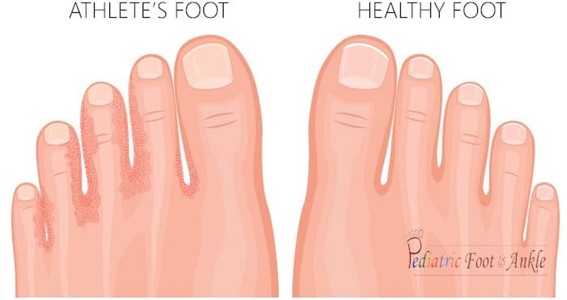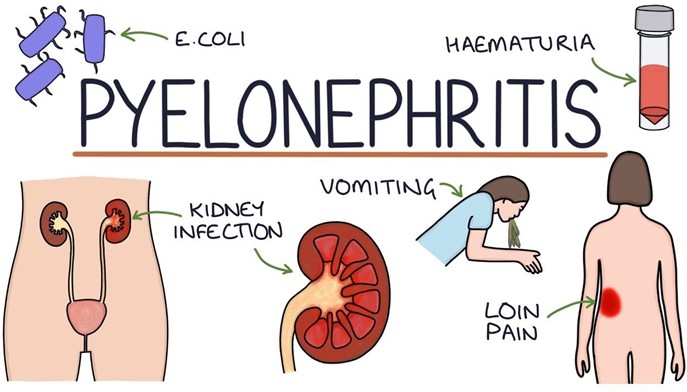The client tells the practical nurse (PN), "I have been applying triple antibiotic ointment to my athlete's foot for the past two days, but it still itches." How should the PN respond?
Antibiotics take a week to be effective against the infection.
Athlete's foot is a fungus. Antibiotics will not relieve symptoms.
When the itching stops, continue to use the ointment for two weeks.
A thick layer of the medication is needed to stop the itching.
The Correct Answer is B
The PN should inform the client that athlete's foot is a fungal infection and that antibiotics are not effective against fungi. The client needs to use an antifungal medication to treat the infection. The other options are not accurate or appropriate responses.
Antibiotics take a week to be effective against the infection (A) is not accurate because antibiotics are not effective against fungal infections.
When the itching stops, continue to use the ointment for two weeks (C) is not appropriate because the client is using the wrong type of medication.
A thick layer of the medication is needed to stop the itching (D) is not accurate because the client is using the wrong type of medication.

Nursing Test Bank
Naxlex Comprehensive Predictor Exams
Related Questions
Correct Answer is A
Explanation
During pregnancy, it is important for the client to consume a balanced and nutritious diet that includes adequate protein, vitamins, and minerals. However, clients with nausea and vomiting may have difficulty tolerating certain foods, particularly those that are high in fat or spicy. Cheeseburgers and French fries are typically high in fat and can exacerbate nausea, making them a poor choice for a client with this symptom.
Baked chicken with rice and pasta with steamed vegetables are both healthier options that can provide the client with adequate nutrition.
Baked potato chips and lemonade may be a suitable snack for some clients, but the high salt content of the chips may exacerbate fluid retention, which can be a concern for clients with pyelonephritis. The PN should encourage the client to choose healthier options and avoid foods that are likely to exacerbate her symptoms.

Correct Answer is B
Explanation
The most important information for the PN to obtain at a health fair for high school students is their immunization history. This information is crucial for ensuring that the students are up-to-date on their vaccinations and protected against preventable diseases.
Option A, obtaining weight and height, is important for assessing overall health and growth but is not the most important information to obtain in this situation.
Option C, checking visual acuity, is also important but not the most crucial information to obtain.
Option D, asking about sexual activity, can provide useful information about the student's sexual health but is not the most important information to obtain in this situation.
Whether you are a student looking to ace your exams or a practicing nurse seeking to enhance your expertise , our nursing education contents will empower you with the confidence and competence to make a difference in the lives of patients and become a respected leader in the healthcare field.
Visit Naxlex, invest in your future and unlock endless possibilities with our unparalleled nursing education contents today
Report Wrong Answer on the Current Question
Do you disagree with the answer? If yes, what is your expected answer? Explain.
Kindly be descriptive with the issue you are facing.
